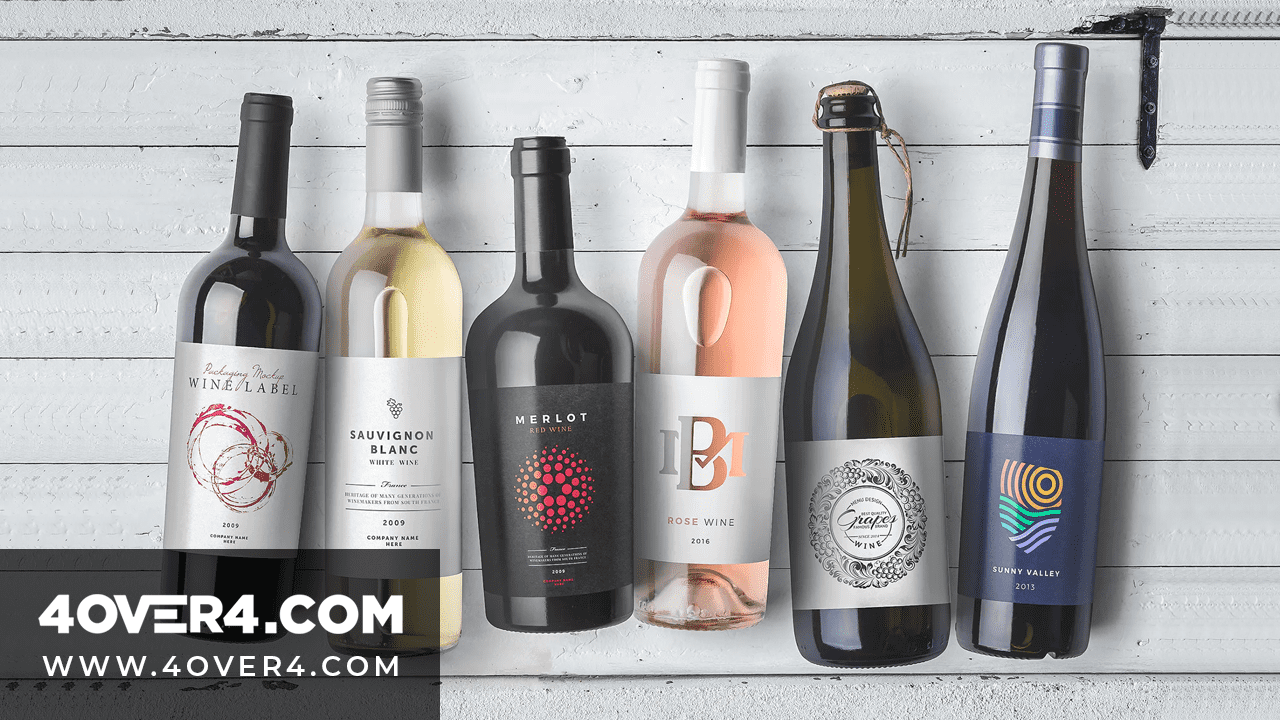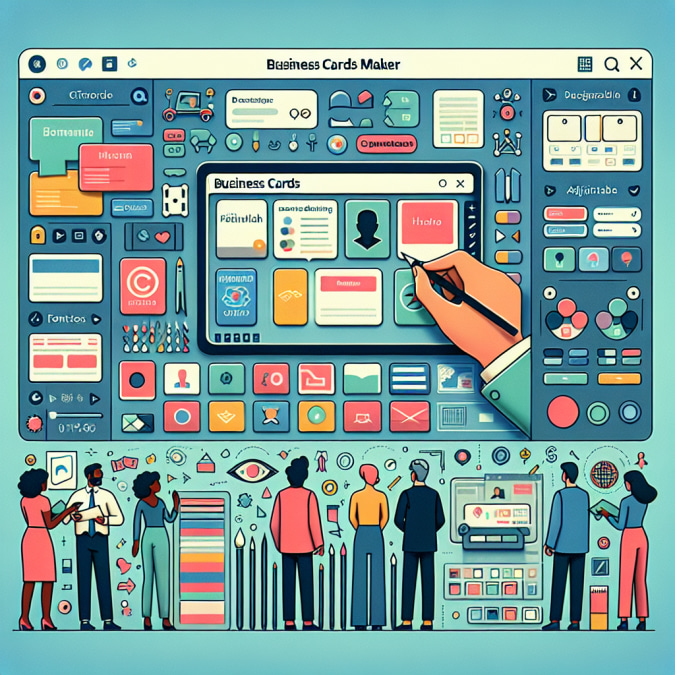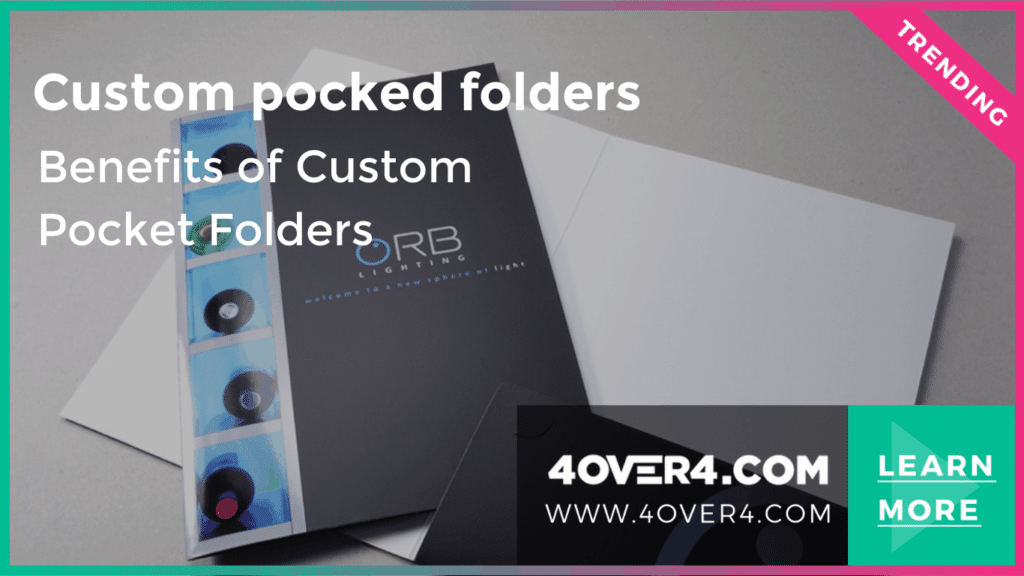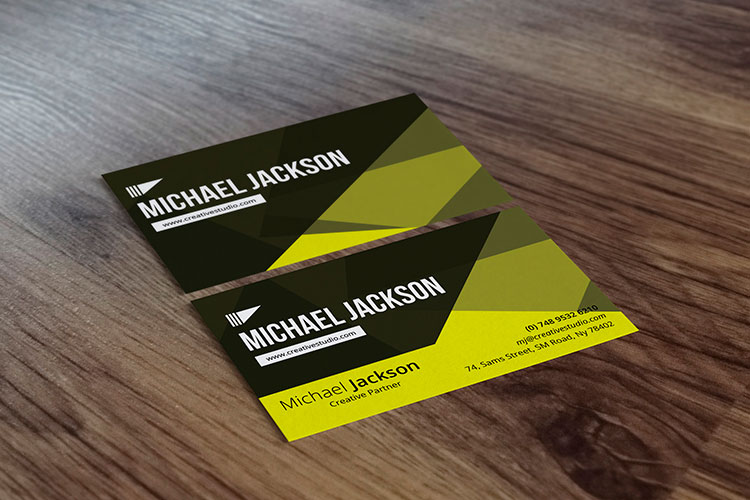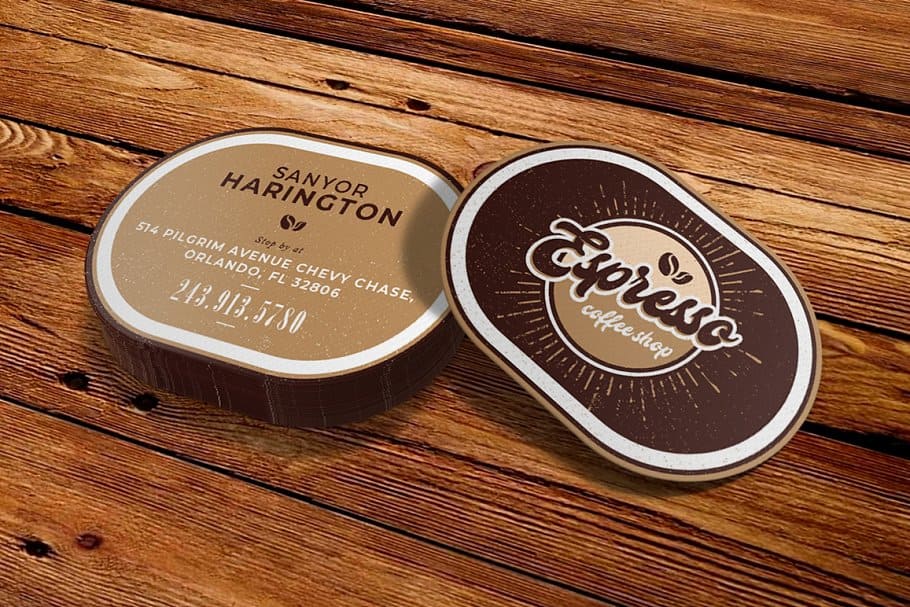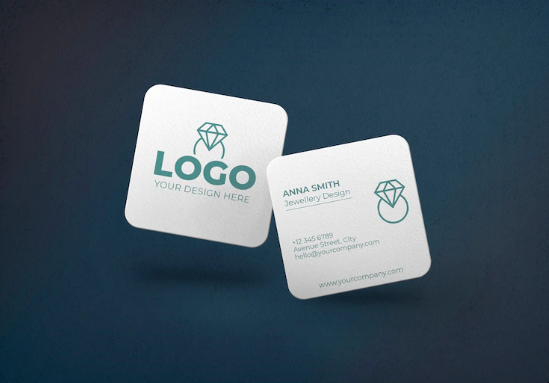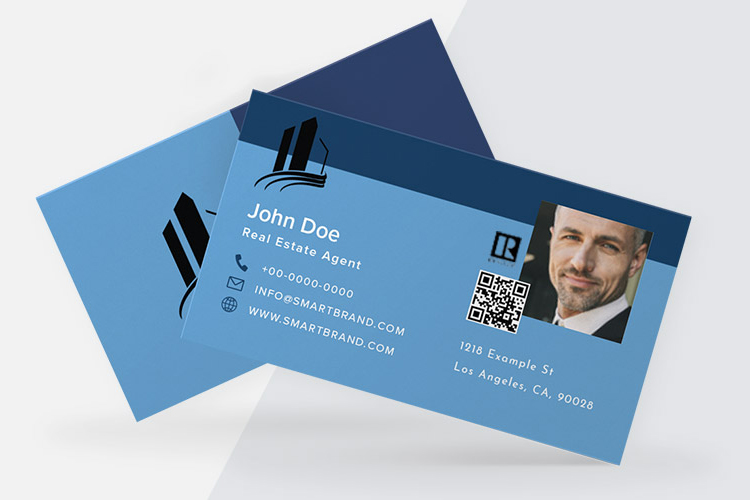Often, when we go to the store to buy products, we can admit that a dull label turns us off. On the other hand, when a company invests in excellent, chic labeling standards you easily incline towards those products.

Power of quality labeling standards
Label printing is a very powerful branding tool that makes items on the shelves stand out. They are designed to pull consumers like a magnet and make them convert to actual repeat buyers.
The worth of the label printing industry
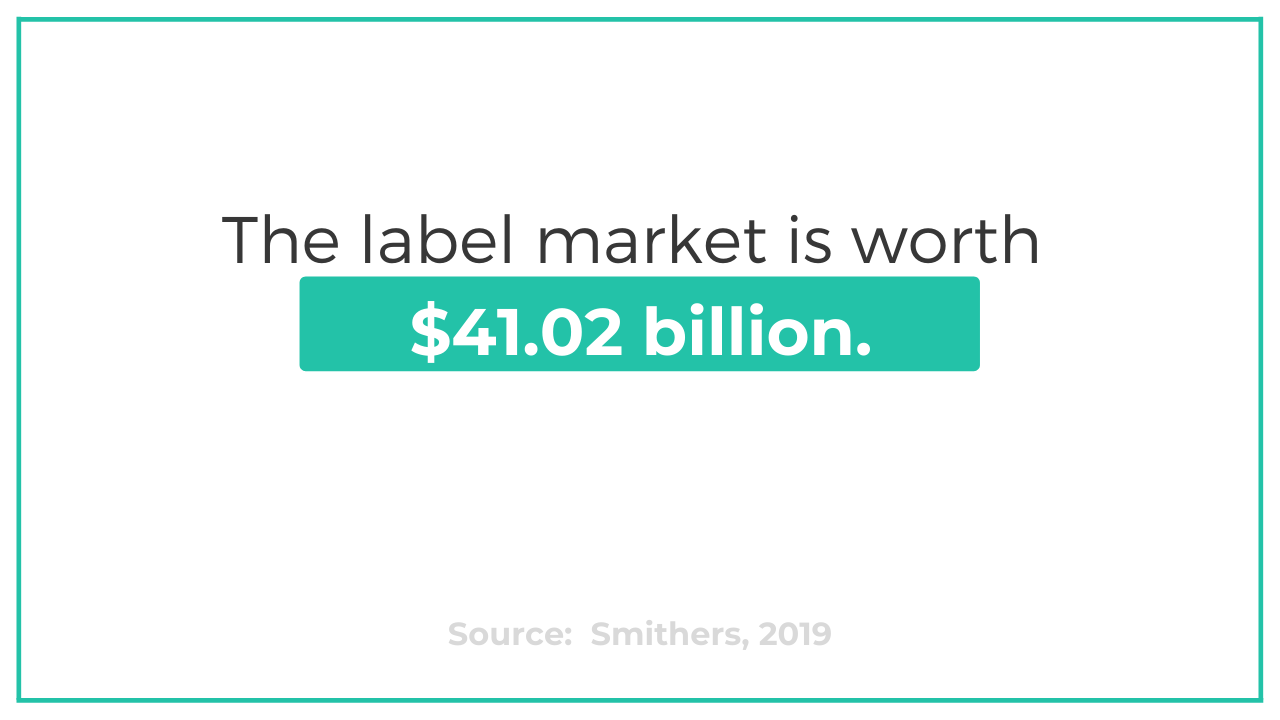
Over the years as companies have invested in the best labels, the history of labels in the industry has been registering explosive growth.
The label industry is growing exponentially and Smithers released a report titled “The Future of label printing to 2024” where they valued the label market at $41.02 billion on volumes of 1.21 trillion A4 prints or equivalent.
The report adds that the market will continue growing steadily at an annual average rate of 4%. Smithers says that the market will be estimated to be worth $49.0 billion. The volume will also have grown annually by about 5.5% to 1.59 trillion A4 prints or equivalent.
How labels actually started
The earliest found signs of sticker usage date all the way back to ancient Egypt. Artifacts of early “stickers” made with early paper materials then adhered to city walls. They advertised products and prices which had been found in ancient market places throughout Egypt. Examples of early product labeling have also been traced back to around 1880 in Europe.
Various types of colorful paper labels were stuck to fruit and produce crates with gum paste to help consumers identify different market products. Sir Rowland Hill is credited with the earliest type of adhesive paper invention used to create postage stamps.
Pre-apply
Most of the first stamps, stickers, and labels were pre-apply. By licking or applying water to these early stickers, the gum paste on the reverse side would become sticky. Once the paste dried, the label stayed wherever it was adhered to.
The 1900s
Label Printing
The adhesive postage stamp was the first use of adhesive paper. Early use of stickers and labels was often for marketing. Early produce merchants used brightly colored paper labels to make their products more attractive than the rest. Decorative labels and stickers were not brought around until the early 1900s. R. Stanton Avery is most often credited with the invention of the first self-adhesive label in 1935.
This new invention brought about a large variety of uses for stickers and labels. Over time, people have found many uses for label printing. Standard stickers like kiss-cut stickers were brought about for businesses and organizations to display their name and logo on products and ideas. These custom labels have been affixed to all types of goods to gain name recognition and further business pursuits.
The use of custom stickers and custom label printing has risen with the ability to print labels in mass or from home. Anyone with a computer and printer can print labels. From mailing labels to storage container labels, home projects and home businesses have benefited from the ability to create their own personal stickers and labels.
While label printing at home is always easy and convenient, it’s more cost-effective to order custom labels from businesses like 4over4.com. They have the ability to create them in bundles at a lower cost. Custom printing has become an easy and effective way for people to get their names recognized.
The entrance of electronic manufacturing

Wine Labels
When technology advanced in the 70s label companies started using electronic manufacturing. This made it possible for labels to contain large amounts of information. Electronic reading enabled this through the bar code, which is a vital component in storage and logistics.
Since 2010 companies have started tilting towards pressure-sensitive labels while reducing the use of self-adhesive labels.
Pressure-sensitive label printing
I have always had a bias for pressure-sensitive labels because they are so easy to peel off. When they peel off without leaving torn residue behind, you can use the bottle for something else. Companies in the food industry also use standard waterproof label printing to create waterproof pressure-sensitive labels.
What are pressure-sensitive labels?
These are labels that don’t require any heat, solvent, or water to activate. They need little pressure from the hand or machine to have them stick onto a surface. They are delivered on custom printed roll labels to be peeled off onto a product using a hand or machine.
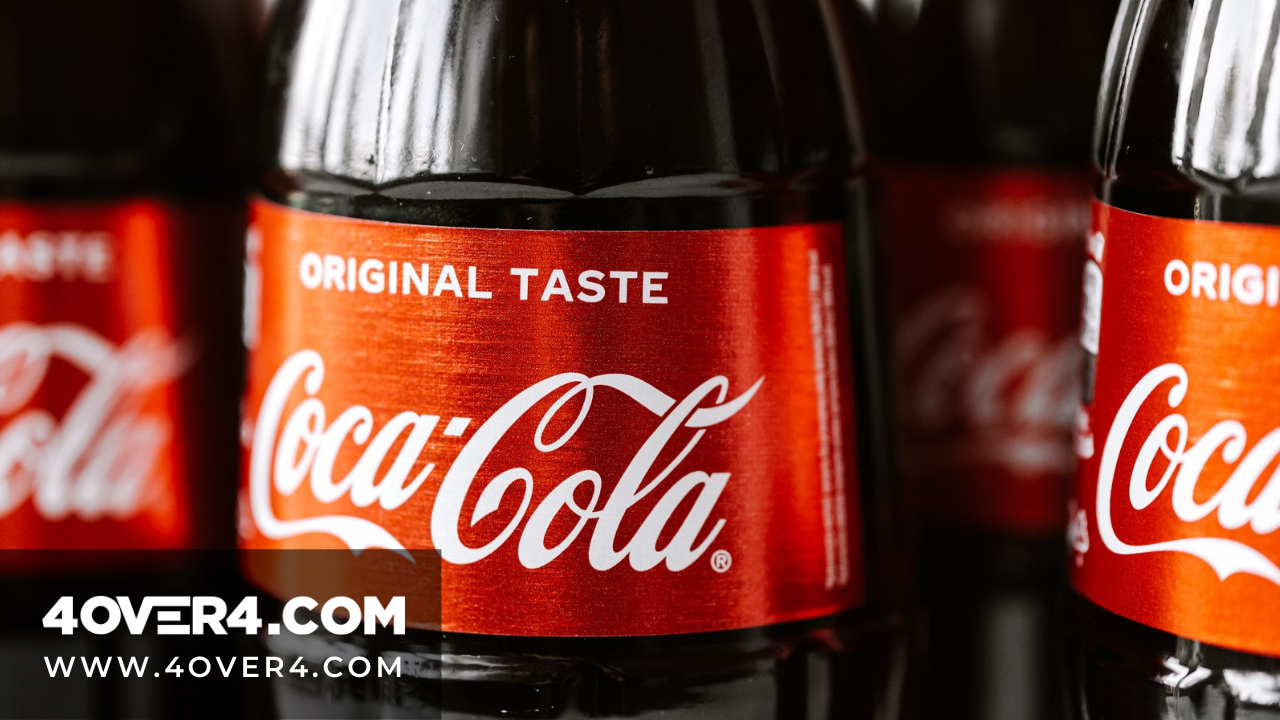
Bottle Labels
Importance of label printing
- Labels play an important role in selling your products. They are designed and made drive sales and customer connection.
- They create a recognizable brand in stores.
- They give vital product information such as ingredients, calories, manufacturer, percentage of portions, instructions, and much more.
- They add visual appeal to your products. That is why you need to design an irresistible label for your products.
- They create a compelling first impression with buyers.
- If you get the best and catchy designs for your products, they can drive sales for your products.
These are the different types of labels that we offer:
1. Kiss-cut labels.
2. Any shape kiss-cut labels.
3. Cut-to-size labels (Premium).
4. Sticker sheets.
5. Roll Labels.
6. Custom-shaped roll labels.
In Conclusion
Choosing a label or sticker design that best suits your business can be a tricky decision to make. However, when you visit the 4OVER4 website it can provide more informed decisions. You will also get insights on what are the standard label sizes. Check out the best options that will suit your business goals including our 3D Lenticular labels.
FAQs
Q: What is the history of labels?
A: Labels have been around since the late 19th century, with early labels being printed using techniques like lithography. The first milestone in label history was when labels were invented for wineries to distinguish their products.
Q: What is the Nutrition Labeling and Education Act?
A: The Nutrition Labeling and Education Act (NLEA) is a U.S. federal law that requires food labels to contain specific nutrition facts, serving sizes, and health claims, regulated by the Food and Drug Administration (FDA).
Q: How has label printing evolved over time?
A: Labels were initially printed using lithography in the 1800s. As technology advanced, methods like flexographic, digital, and inkjet printing were introduced, offering more efficient and cost-effective label production solutions.
Q: What role do labels play in consumer products?
A: Labels are essential for grabbing consumers' attention, providing information about the product, and complying with regulations such as the Fair Packaging and Labeling Act. Eye-catching labels with appealing designs are crucial for marketing and brand recognition.
Q: What are some key milestones in label printing history?
A: Some milestones include the introduction of barcode labels for inventory management, the requirement for food labels under the NLEA, and the use of infographics on labels to convey information visually.
Q: How do different substrates affect label printing?
A: Labels can be printed on various substrates like paper, plastic, or metal, each offering different durability and aesthetic properties. Choosing the right substrate is crucial for the label's performance and appeal.
Q: What are some important regulations related to labeling?
A: The Fair Packaging and Labeling Act and the Nutrition Labeling and Education Act are two significant regulations that govern the content and design of labels to ensure consumer protection and information transparency.
